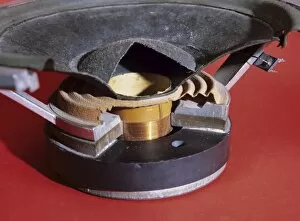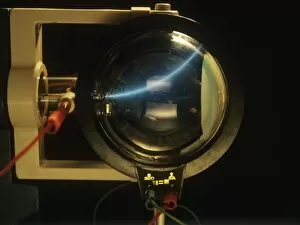Solenoid Collection
The solenoid, a fascinating device in the world of electricity, has a rich history dating back to the 19th century
All Professionally Made to Order for Quick Shipping
The solenoid, a fascinating device in the world of electricity, has a rich history dating back to the 19th century. With its ability to generate magnetic fields and convert electrical energy into mechanical motion, it has revolutionized various industries. In an engraving from that era, we see the intricate design of a solenoid with its phonic wheel and compasses arranged around a coil of current-carrying wire. This electromagnet showcases the fundamental principles behind this ingenious invention. An intriguing magnetism experiment conducted in 1889 captures our attention as it demonstrates the power of a solenoid. The image shows how this simple yet effective device can manipulate magnetic forces for practical applications. Fast forward to 1834 when an early electric motor was developed using solenoids. This breakthrough paved the way for countless advancements in technology, including television cathode ray tubes and dismantled loudspeakers which rely on these coils to function efficiently. The versatility of solenoids is evident through their presence in everyday objects like electric motors and cathode ray tubes used in televisions. These components showcase how this remarkable invention continues to shape our modern world. Even vintage apparatus such as Ducretet's contraption from the 19th century or an electrical experiment from the early 20th century highlight society's fascination with harnessing electricity through solenoids. From its humble beginnings as an electromagnetic coil arrangement to becoming an integral part of numerous devices today, the significance of solenoids cannot be overstated. Their impact on technology is undeniable, making them one of humanity's most influential inventions within the realm of electromagnetism.

















